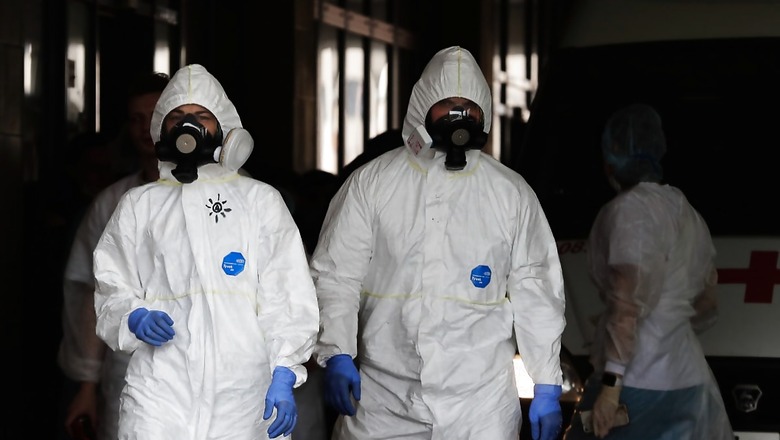
views
The rise in number of COVID-19 cases should not be a cause of concern as long as the number of serious patients and deaths due to the disease remain low,say public health experts in Gujarat. They are also of the view that the new cases being reported daily should be categorized as mild, moderate orsevere to better understand the pandemic.
"We are finding new cases everyday, but the first thing we need to know is how many of them are serious," said Dileep Mavalankar, Director of the Gandhinagar-based IndianInstitute of Public Health. "The government should report how many new patients have been put on oxygen or ventilator support…we arereporting low mortality," he said.
The new cases should be divided into three categories-mild, moderate if a patient needs oxygen, and severe, ifhe/she needs ventilator support, he said. In a recent study, Mavalankar found that between March and July, the percentage of deaths due to COVID-19compared to other diseases in India was 1.3, as against 13 percent in the US and 17.6 per cent in the UK.
He said the government should not neglect fatalities due to other reasons just to control the over one per centCOVID-19 deaths. At the same time, the government should provide moredata in the public domain for experts to understand the pandemic situation better, he said.
The data should include the nature of new daily cases,as to how many of them are mild, moderate or severe. Thegovernment should also provide data separately on the numberof suspected COVID-19 cases and the cases being reported inurban and rural areas, Mavalankar said. "The disease will, of course, spread. Even highprofile people are getting the disease. We need to focus onreducing the number of deaths. In terms of data, we need toask the government to separate mild cases from moderate andsevere," he said.
In Gujarat, Surat city has reported the highest numberof new COVID-19 cases in recent times. "But, that alone should not concern us as only about400 patients are hospitalised, and the rest, around 500, arein home isolation, taken care of by a dedicated team ofdoctors," Surat Municipal Commissioner B N Pani said.
There is a perception that the situation is quite badbecause of the number of cases being very high. But a look atthe bed occupancy shows the number of people in hospitals isvery low, he said. "There are currently 872 active COVID-19 cases inSurat, out of whom 400 patients are hospitalised. Plasmatherapy and medicines like Ramdesivir have helped treat severecases and reduce the number of deaths. Early detection is alsoreducing the mortality," he said.
Pani said the COVID-19 death rate has come down inSurat and the severity of cases has also considerablydecreased. He claimed Surat has achieved the highest number ofplasma donations and use of plasma therapy in the entirecountry. So far, around 994 patients here have been given theplasma therapy, he added.
Also, the civic body has formed a task force for thediamond and textiles industries and issued standard operatingprocedures for them. Till Sunday, Surat reported 20,855 COVID-19 cases and809 deaths due to the disease. The state has so far reported95,155 cases and 3,008 deaths, as per the health department.
Gujarat COVID-19 task force member Dr Tushar Patelsaid though more new cases of the disease are being reportedevery day, a large number of patients are asymptomatic ormildly symptomatic. "Hence, the situation is not worrying as such patientsget treated with home isolation," he said.
"There are active cases, but the number of criticallyill patients has gone down, as we can see empty beds in ICUsof dedicated COVID-19 hospitals. Active cases will remain, butat the same time the positivity rate has come down," he said. Three months ago, reports of eight out of 10 peopletested used to come out positive for COVID-19. Now only abouttwo out of 10 come out positive, said Dr Patel, who is a pulmonologist.



















Comments
0 comment